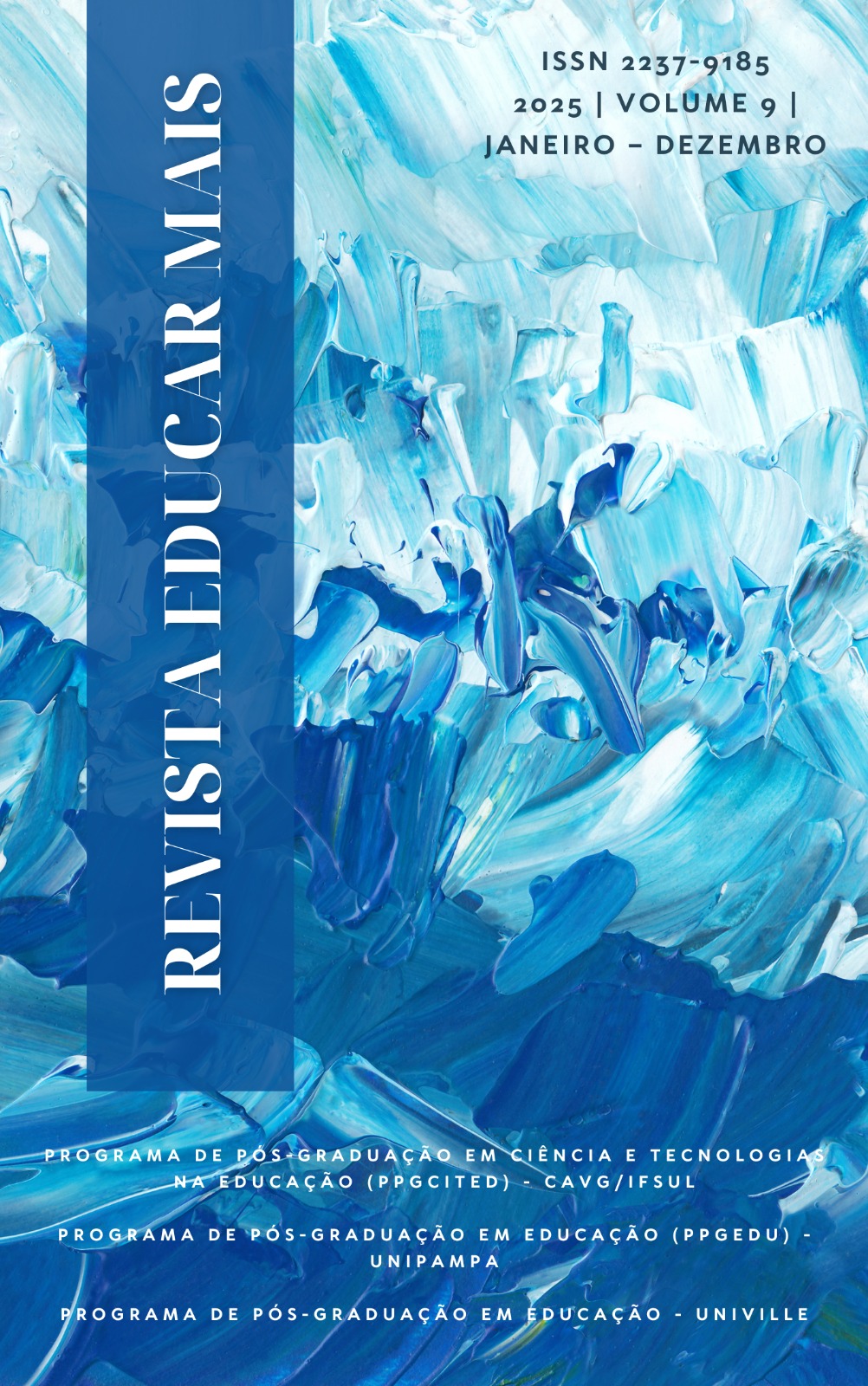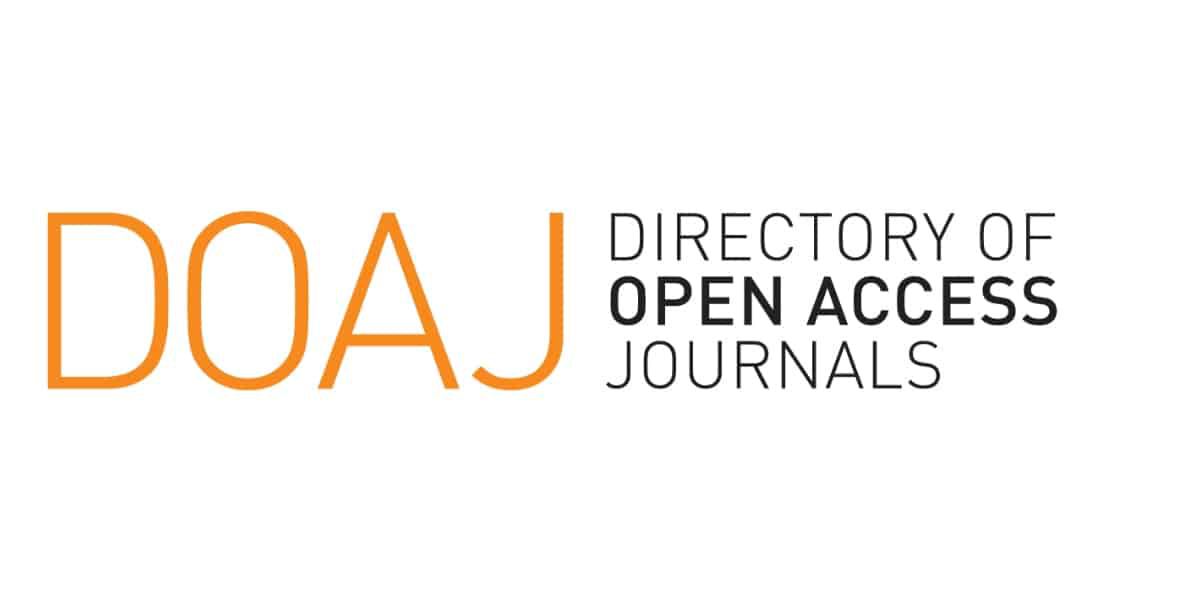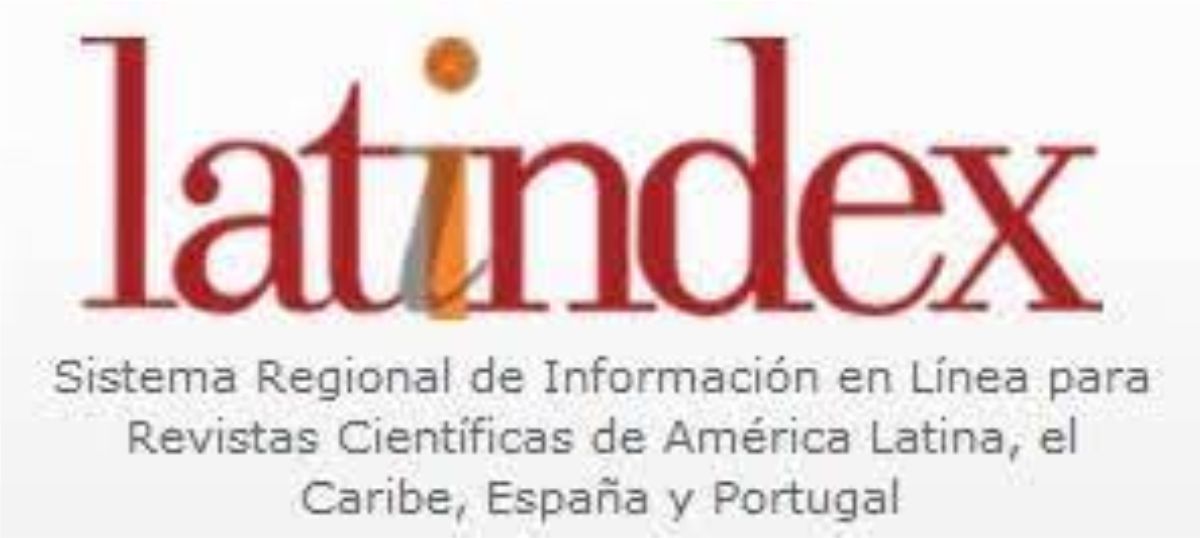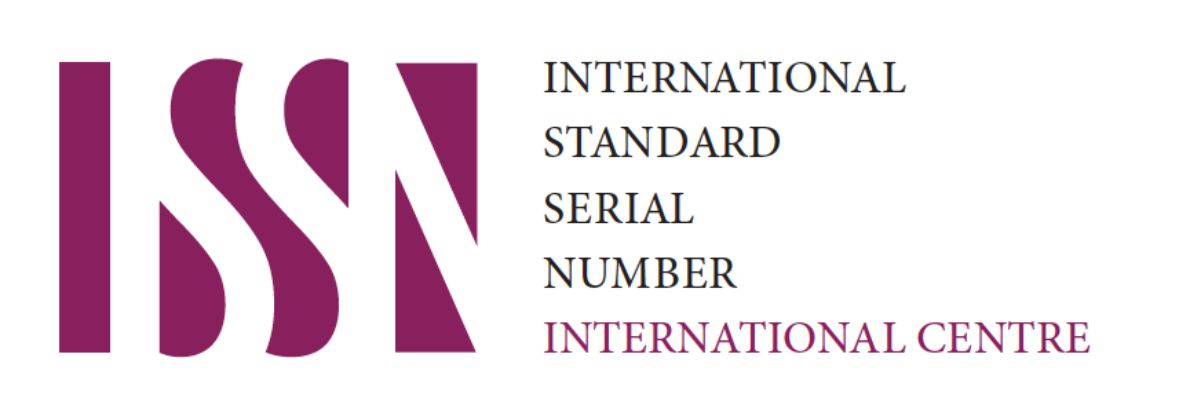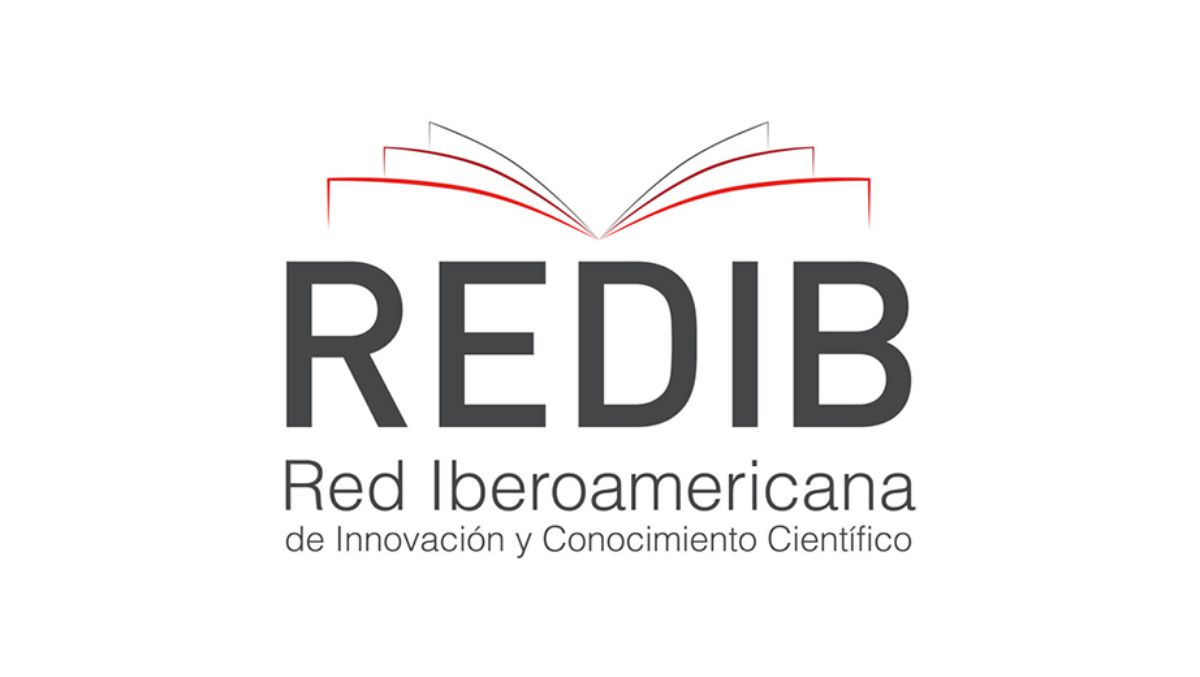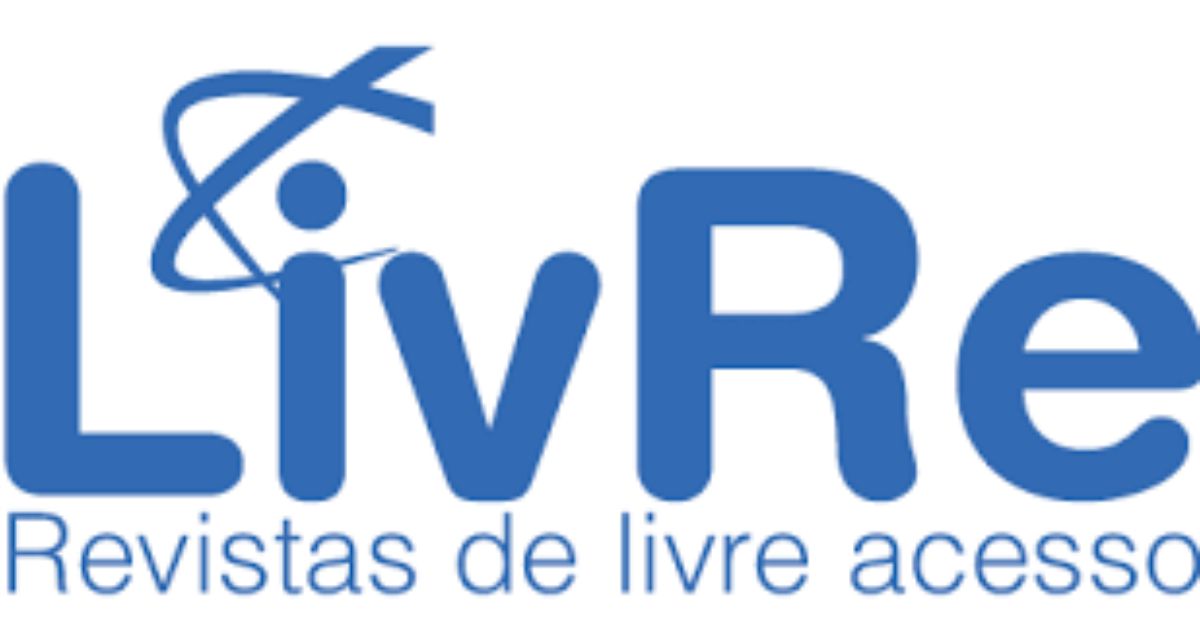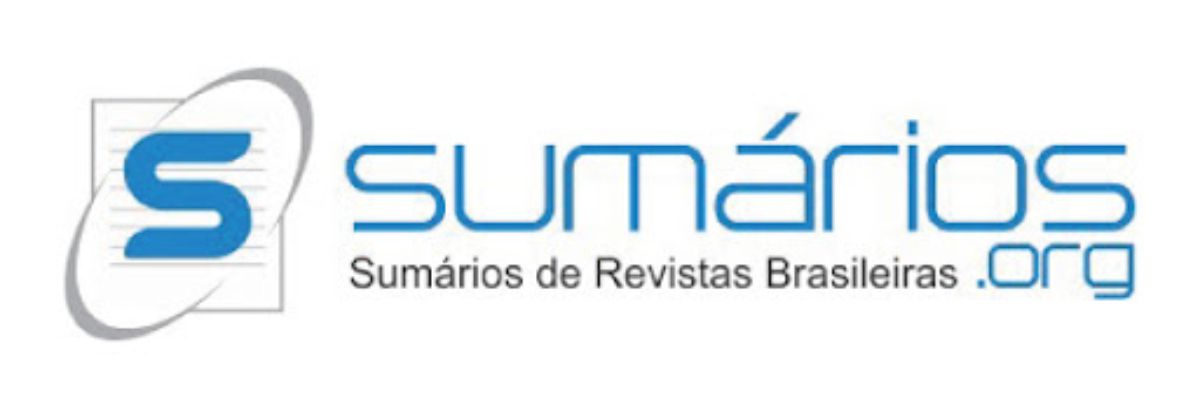Environmental education and social justice: analysis of student arguments in a case about sea turtles
DOI:
https://doi.org/10.15536/reducarmais.9.2025.4132Keywords:
Environmental education, Social justice, Toulmin's argumentation, Green turtle, Case studyAbstract
This study aimed to analyze the arguments of 1st-year students from the Environmental Technical Course at IFRJ, using Toulmin's structure, to propose balanced solutions to a case study involving the green turtle (Chelonia mydas) impacted by the action of an individual in a situation of social vulnerability. The methodology was based on a qualitative approach, applying a fictional case study inspired by a real event that occurred at Flamengo Beach in Rio de Janeiro. The students, divided into 8 groups, were guided to construct arguments structured around data, conclusions, warrants, backings, qualifiers, and rebuttals, following Toulmin's model (2006). The quality of the arguments was evaluated based on criteria adapted from Sadler and Donnelly (2006), including Position and Rationality, Multiple Perspectives, and Rebuttal. The results showed that most groups were able to develop coherent and well-founded arguments, particularly regarding the protection of the green turtle and the ecological impacts of interrupted nesting. For example, many groups highlighted the importance of the species for the balance of marine ecosystems and the negative effects of biodiversity loss. However, a significant gap was observed in addressing social issues, such as the vulnerability of the individual involved, highlighting the need for greater integration between social justice and environmental conservation. While some groups mentioned the importance of public policies to support homeless individuals, few developed concrete proposals that balance human needs and environmental protection. The analysis of the arguments revealed that students demonstrated greater ease in discussing the ecological aspects of the case, such as the reduction of the turtle population and ecological imbalance, compared to social issues. This suggests that there is a need to broaden the pedagogical approach to include a more holistic perspective, considering both species conservation and the human conditions that influence and are influenced by these issues. Additionally, the application of Toulmin's scheme proved effective in developing argumentative skills, but it is essential to promote greater reflection on the interconnections between environmental and social problems. It is concluded that Toulmin's structure is a valuable tool for environmental education, enabling students to build solid and well-founded arguments. However, it is crucial that future pedagogical interventions encourage a more integrated approach, considering both ecological and social aspects. This will prepare students to address socio-environmental challenges critically and inclusively, contributing to the formation of conscious and responsible professionals and citizens.
Downloads
References
AIKENHEAD, G. S. Science-based occupations and the science curriculum: Concepts of evidence. Science Education, v. 89, n. 2, p. 242-275, 2005.
BJORNDAL, K. A. Biology and Conservation of Sea Turtles. Washington, D.C.: Smithsonian Institution Press, 1999.
BRUNDTLAND, G. H. Our Common Future. Oxford: Oxford University Press, 1987.
LAKATOS, E. M.; MARCONI, M. A. Metodologia científica. 7. ed. São Paulo: Atlas, 2018.
MÁRQUEZ, R. FAO Species Catalogue: Sea Turtles of the World. Rome: FAO Fisheries Synopsis, 1990.
QUEIROZ, S. L. Estudo de caso na pesquisa em educação científica: contribuições para o ensino e a aprendizagem. Ciência & Educação, v. 12, n. 2, p. 173-189, 2006.
SANTOS, W. L. P. Educação científica humanística em uma perspectiva freireana: resgatando a função do ensino de CTS. Ciência & Educação, v. 13, n. 1, p. 71-84, 2007.
SANTOS, W. L. P. et al. Sustentabilidade e educação ambiental: uma análise crítica. Revista Brasileira de Pesquisa em Educação em Ciências, v. 12, n. 3, p. 9-28, 2012.
SPOTILA, J. R. et al. Pacific leatherback turtles face extinction. Nature, v. 405, n. 6786, p. 529-530, 2000.
TOULMIN, S. E. Os usos do argumento. São Paulo: Martins Fontes, 2006.
Downloads
Published
How to Cite
Issue
Section
License
Copyright (c) 2025 Lucas Guimarães, Igor Cortez Pinheiro, Vanessa Maria de Souza

This work is licensed under a Creative Commons Attribution-NonCommercial 4.0 International License.
DECLARATION OF RESPONSIBILITY: I hereby certify that I partially or fully participated in the conception of the work, that I did not hide any links or financial agreements between the authors and companies that may be interested in this article publication. I certify that the text is original and that the work, partially or fully, or any other work with a substantially similar content written by me, was not sent to any other journal and it will not be send while my submission is being considered by Revista Educar Mais, whether in printed or electronic format.
The author responsible for the submission represents all the authors of the manuscript and, when sending the article to the journal, guarantees s/he has obtained the permission to do so, as well as s/he guarantees the article does not infringe upon anyone’s copyright nor violate any proprietary rights. The journal is not responsible for the opinions expressed.
Revista Educar Mais is Open Access, does not charge any fees, whether for submission or article processing. The journal adopts Budapest Open Access Initiative (BOAI)’s definition, i.e., any users are permitted to read, download, copy, distribute, print, search and link to the full texts of these articles.
All the articles are published under the Creative Commons Atribuição-NãoComercial 4.0 Internacional license. The authors keep the copyright of their production. That way, they must be contacted directly if there is any interest in commercial use of their work.
